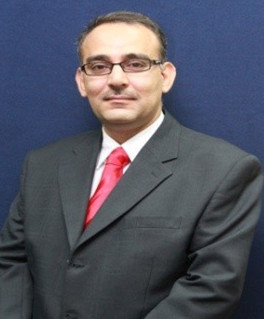Abstract—Methane/air, methanol /air and methyl formate
/air have been numerically simulated in three different flow
configurations: homogeneous system; freely propagating flame;
and diffusion flame. These simulations have been done with an
aim of establishing the influence of fuel oxygenation on
generation of pollutant. Various chemical kinetic mechanisms
have been employed and extensively tested so as to ensure
validity of the results. For each of the three configurations, a
comparison of temperature, NO and its immediate dominant
precursor species (CH and N) concentration profiles in the
three fuels have been done. It has been established that, under
the different flow configurations considered, CH4 has high
amount of total NO present in the flame region as compared to
the oxygenated fuels (CH3OH and CH3OCHO). The
temperatures attained in freely propagating and diffusion
flames are relatively low (approximately ≤ 2000 K). This
temperature favours prompt-NO formation, and therefore, a
significant difference of the amount of NO (one order of
magnitude higher) is observed in CH4 as compared to
oxygenated fuels due to low values of CH and N observed in
these fuels (CH3OH and CH3OCHO). High flame temperatures
(approximately 2900 K) due to high initial temperatures are
observed in the homogeneous system. Therefore, in
homogeneous system it was observed that the amount of NO
produced by the three fuels is within the same order of
magnitude due to availability of the O atoms and nitrogen
molecules (important species in thermal NO mechanism
(Zel'dovich mechanism).
Index Terms—Methane, methanol, methyl formate, prompt
NO, thermal NO.
P. N. Kioni and J. K. Tanui are with the Department of Mechanical
Engineering, Dedan Kimathi University of Technology, Nyeri-Kenya
(e-mail: ndirangukioni@yahoo.com, josetanui@gmail.com).
A. Gitahi is with the Department of Mechanical Engineering, Jomo
Kenyatta University of Agriculture & Technology, Nairobi-Kenya (email:
gitahi@eng.jkuat.ac.ke)
[PDF]
Cite:P. N. Kioni, J. K. Tanui, and A. Gitahi, "Numerical Simulations of Nitric Oxide (NO) Formation in
Methane, Methanol and Methyl Formate in different Flow
Configurations," Journal of Clean Energy Technologies vol. 1, no. 2, pp. 151-156, 2013.


